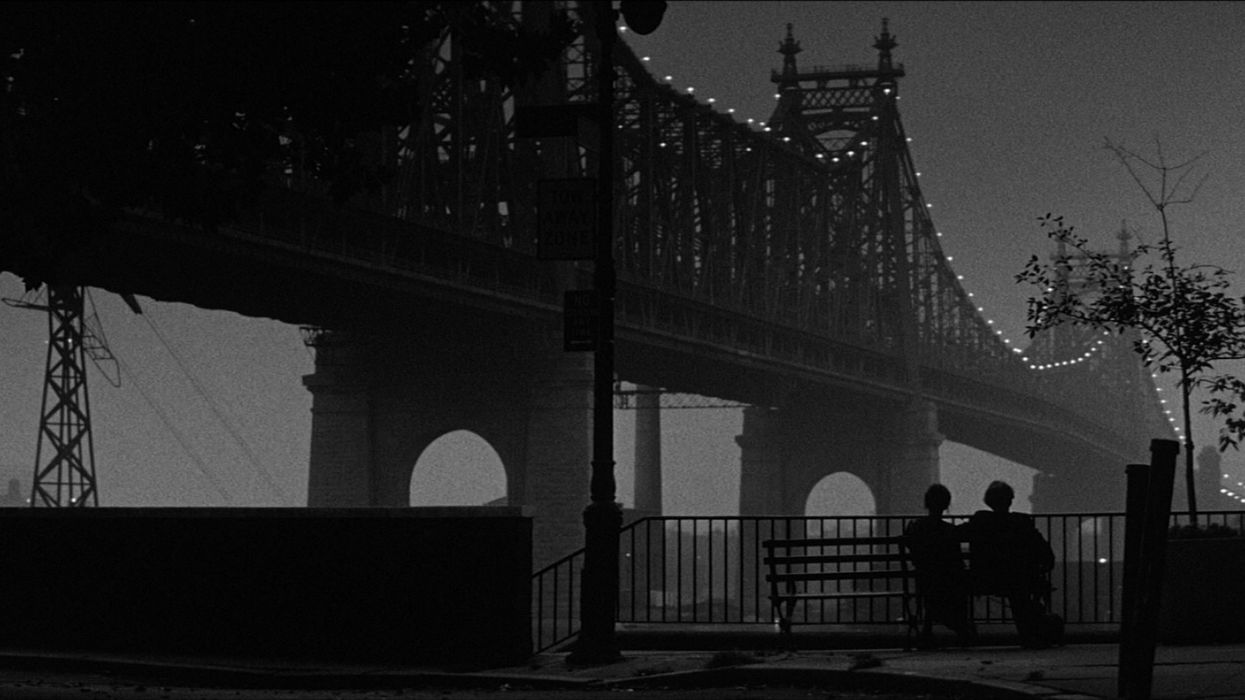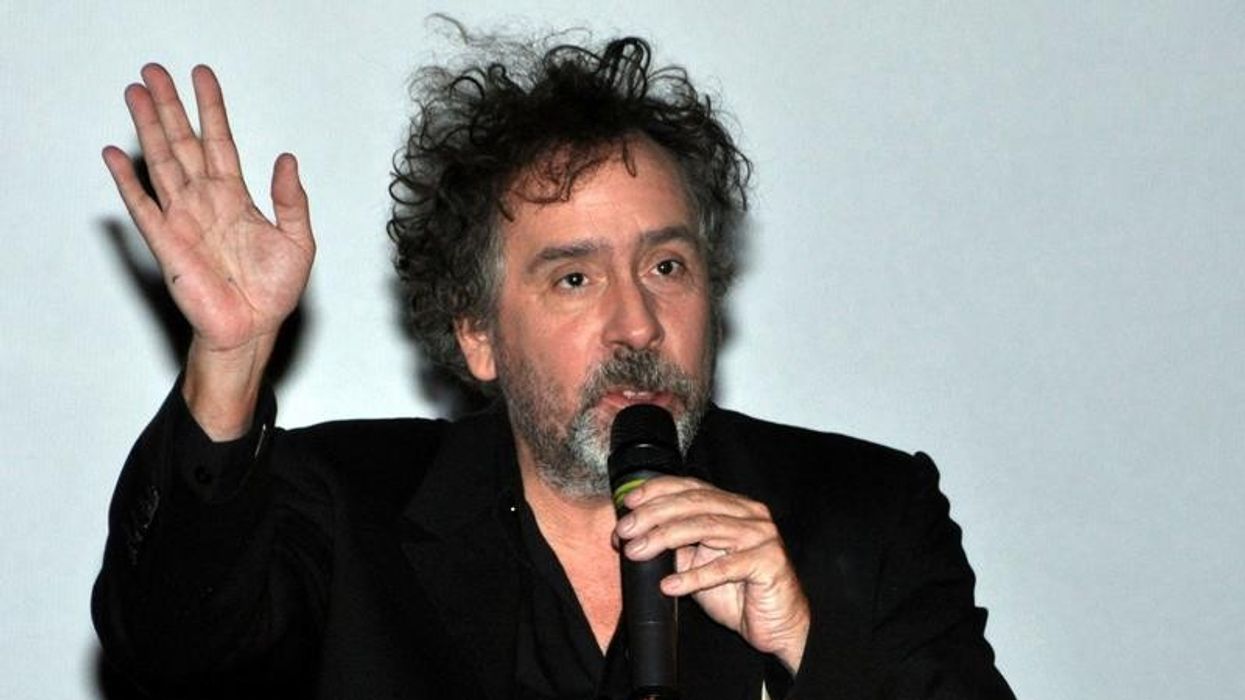Watch: How to Light a Romantic New York City Night Exterior
Lighting city streets at night can be complex and chaotic. Here are some ground rules.

Ah, New York at twilight: the romantic setting to end all others. There's nothing quite like our city as a backdrop for stories of young love laced with pretentious neurosis.
If you ever get a chance to shoot here in the Big Apple, the fine educators at Cinematography Database have put together a little video with some helpful tips to do it low-budget.
A key tactic in doing NYC night exteriors: keep the light sources in rigs that don’t require stands.
Cinematography Database's test shoot—a story about a pair of lovers who like to giggle and touch each other—was shot on a Sony A7SII with Rokinon primes. For those unfamiliar with the camera, the Sony A7S is known for shooting well in low-light situations. On this night shoot, however, the camera still wasn’t quite sensitive enough, so the CD production team had to bring in some extra help in the form of Aputure lights. Specifically, the production team used the Aputure 120d, Aputure 120t, Aputure Tri 8, Aputure Light Dome, and the Aputure 300d. (The former has yet to be commercially released.)
The biggest challenge in pulling off a production like this is using lighting as minimally as possible without permits or obstructing pedestrian or automobile traffic. In other words, your lighting setup has to be bare bones enough that it won't attract the attention of NYPD's finest. Essentially, this comes down to the director and DP's choice in blending practical streetlight with fixed lighting.
For this night shoot, the CD production team used streetlight as the key light and the Apurture models for edge lighting. Lights were powered by batteries, which allowed them to stay mobile and eliminated the generator sound.
Another key tactic in doing NYC night exteriors: keep the light sources in rigs that don’t require stands. For example, you could hang them from boom poles operated by one of your crew members. This was crucial in CD's effort to "keep things indie and moving quickly."
As for those quintessential "New York City walk-and-talk" scenes, you used to need a Steadicam or dolly. Now, however, you can use a gimbal to get the same result. On CD's production, they used the Easy Rig Vario 5 and Flow Cine Kit.











